If you've noticed a constant drip from your bathroom sink faucet, you're not alone. A leaky faucet is a common household problem that can be a huge annoyance and waste water. Luckily, fixing a leaky bathroom sink faucet is a relatively simple task that can save you time and money. In this guide, we'll go over the steps to fix a leaky bathroom sink faucet and get your sink back to working properly.Fixing a Leaky Bathroom Sink Faucet
Before you start any repairs, it's important to identify the cause of the leak. There are a few different parts of the faucet that could be causing the leak, such as the O-ring, valve seat, or washers. Once you determine the cause, you can proceed with the repair process. To begin, turn off the water supply to the sink. This can usually be done by turning off the shut-off valves located under the sink. Next, use a wrench to remove the handle of the faucet. This will give you access to the cartridge, which is the part of the faucet that controls the flow of water. Inspect the cartridge for any damage, such as cracks or worn out O-rings. If the cartridge is damaged, you will need to replace it. You can find a replacement cartridge at your local hardware or home improvement store. Simply remove the old cartridge and install the new one according to the manufacturer's instructions.How to Repair a Bathroom Sink Faucet
If the cartridge is not the cause of the leak, you may need to replace the washers or valve seat. To do this, remove the entire faucet assembly from the sink. This will give you better access to the internal components of the faucet. Check the washers for any signs of wear and tear. If they are damaged, replace them with new ones. The valve seat, which is the part that the washers sit against, may also need to be replaced if it is worn out or damaged. Simply remove the old valve seat and replace it with a new one.DIY Bathroom Sink Faucet Fix
If your bathroom sink faucet is constantly dripping, it could be due to a loose part. To fix this, simply tighten any loose nuts or bolts that you find in the faucet assembly. This should stop the dripping and prevent any further leaks. Another common cause of a dripping faucet is mineral buildup. Over time, mineral deposits can accumulate in the faucet and cause it to leak. To remove these deposits, soak the faucet in a solution of equal parts water and vinegar for a few hours. Then, use a toothbrush or small brush to scrub away any remaining buildup.Fixing a Dripping Bathroom Sink Faucet
If you're in a rush and need a quick fix for your bathroom sink faucet, there is an easy solution. Simply turn off the water supply to the sink and screw a cap or plug onto the faucet spout. This will stop the leak temporarily and give you time to properly fix the issue.Quick and Easy Bathroom Sink Faucet Fix
If you're still experiencing issues with your bathroom sink faucet after attempting these repairs, the problem may be more complex. In this case, it's best to call a professional plumber to assess the situation. They will be able to troubleshoot the issue and provide a long-lasting solution.Troubleshooting a Bathroom Sink Faucet
Over time, the constant use of a bathroom sink faucet can cause it to become loose. This can lead to leaks and other issues. To fix a loose faucet, simply tighten the mounting nut located under the sink. If this does not solve the problem, you may need to replace the mounting nut entirely.Fixing a Loose Bathroom Sink Faucet
If your bathroom sink faucet is beyond repair, it may be time to replace it altogether. This is a relatively simple task that can be done by following these steps: 1. Turn off the water supply to the sink. 2. Remove the old faucet by unscrewing the nuts and bolts that hold it in place. 3. Install the new faucet according to the manufacturer's instructions. 4. Turn the water supply back on and test the new faucet for any leaks or issues.Replacing a Bathroom Sink Faucet
In addition to leaks, there are a few other common problems that you may encounter with your bathroom sink faucet. These include low water pressure, unusual noises, and difficulty turning the faucet on or off. To troubleshoot these issues, refer to the manufacturer's instructions or consult a professional plumber.Common Problems with Bathroom Sink Faucets
To summarize, here is a step-by-step guide to fixing a leaky or malfunctioning bathroom sink faucet: 1. Identify the cause of the issue. 2. Turn off the water supply to the sink. 3. Remove the handle and inspect the cartridge for damage. 4. If necessary, replace the cartridge. 5. Check the washers and valve seat for damage and replace if needed. 6. Tighten any loose parts. 7. Soak the faucet in a solution of water and vinegar to remove mineral buildup. 8. Use a cap or plug to temporarily stop the leak. 9. Call a professional plumber if the problem persists. 10. If necessary, replace the faucet altogether. By following these steps, you can easily fix a variety of issues with your bathroom sink faucet and save yourself time and money in the long run. Remember to always turn off the water supply before attempting any repairs and consult a professional if needed. A properly functioning bathroom sink faucet is essential for any household, so don't let a leak or malfunction go untreated. Step-by-Step Guide to Fixing a Bathroom Sink Faucet
Why You Should Fix Your Bathroom Sink Faucet

The Importance of Functional Fixtures in House Design
 When it comes to house design, the functionality of every fixture and feature is crucial. One small malfunction can disrupt the overall flow and convenience of your home. This is especially true for the bathroom, which is one of the most frequently used rooms in any household. A common issue that many homeowners face is a faulty bathroom sink faucet. While it may seem like a minor inconvenience, it can actually cause a lot of problems and lead to bigger expenses in the long run.
Bathroom sink faucets
are an essential part of the overall design and functionality of your bathroom. They not only provide water for daily tasks such as brushing teeth and washing hands, but they also play a significant role in the aesthetic appeal of the room. A leaky or broken faucet can not only waste water and increase your utility bills, but it can also be an eyesore in an otherwise well-designed bathroom.
When it comes to house design, the functionality of every fixture and feature is crucial. One small malfunction can disrupt the overall flow and convenience of your home. This is especially true for the bathroom, which is one of the most frequently used rooms in any household. A common issue that many homeowners face is a faulty bathroom sink faucet. While it may seem like a minor inconvenience, it can actually cause a lot of problems and lead to bigger expenses in the long run.
Bathroom sink faucets
are an essential part of the overall design and functionality of your bathroom. They not only provide water for daily tasks such as brushing teeth and washing hands, but they also play a significant role in the aesthetic appeal of the room. A leaky or broken faucet can not only waste water and increase your utility bills, but it can also be an eyesore in an otherwise well-designed bathroom.
The Dangers of Ignoring a Faulty Faucet
 Ignoring a
faulty bathroom sink faucet
may seem like a minor issue, but it can lead to bigger problems. For one, a consistent leak can cause water damage to your sink and surrounding areas, leading to costly repairs. It can also create a breeding ground for mold and mildew, which can be harmful to your health. Additionally, a faucet that is not functioning properly can make simple tasks like washing your face or filling up a glass of water a frustrating and time-consuming experience.
Ignoring a
faulty bathroom sink faucet
may seem like a minor issue, but it can lead to bigger problems. For one, a consistent leak can cause water damage to your sink and surrounding areas, leading to costly repairs. It can also create a breeding ground for mold and mildew, which can be harmful to your health. Additionally, a faucet that is not functioning properly can make simple tasks like washing your face or filling up a glass of water a frustrating and time-consuming experience.
The Benefits of Fixing Your Bathroom Sink Faucet
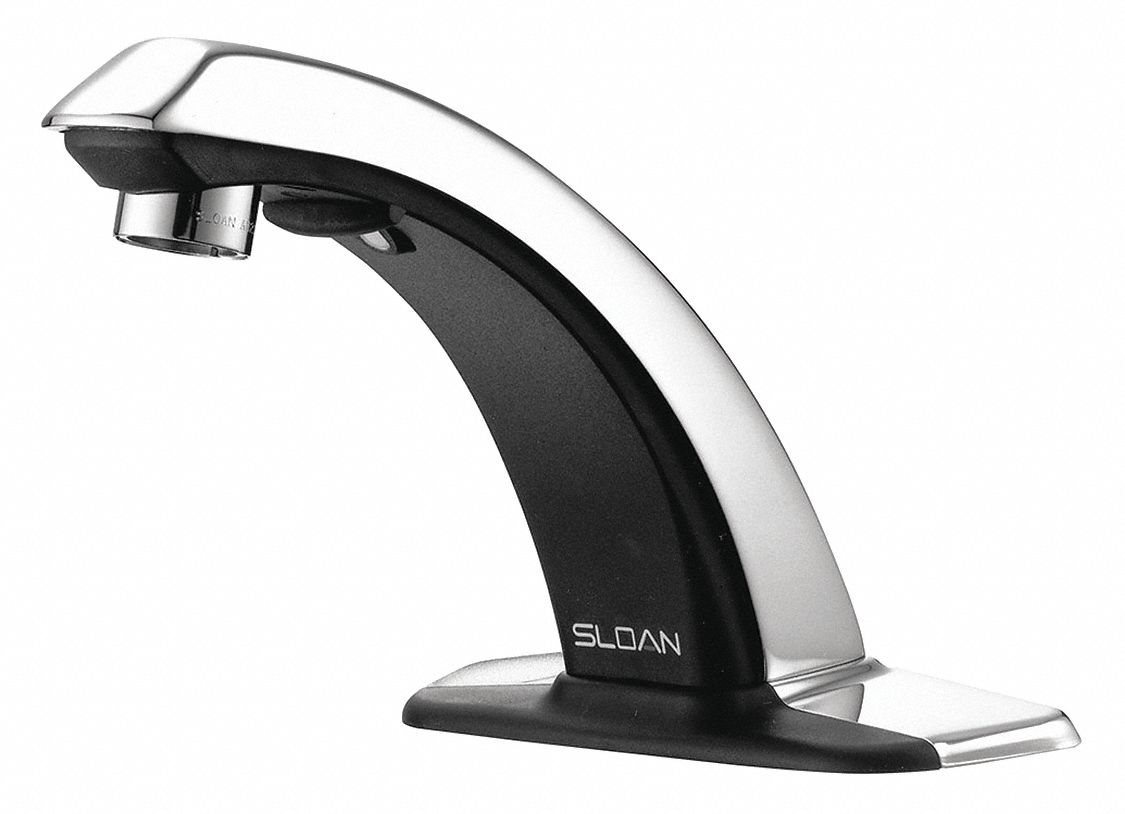 Fixing your
bathroom sink faucet
is a simple solution that can have a big impact on your daily life. Not only will it save you money on your water bills, but it will also prevent any potential water damage and mold growth. It will also improve the overall aesthetic of your bathroom, making it a more enjoyable and comfortable space. Additionally, fixing a
faulty faucet
is a quick and easy DIY project that can be completed in just a few simple steps.
In conclusion, a
functional bathroom sink faucet
is an essential component of any well-designed bathroom. Ignoring a faulty faucet can lead to bigger problems and expenses in the future, making it important to address any issues as soon as possible. By fixing your bathroom sink faucet, you can improve the functionality and appearance of your bathroom, making it a more enjoyable and efficient space for you and your family.
Fixing your
bathroom sink faucet
is a simple solution that can have a big impact on your daily life. Not only will it save you money on your water bills, but it will also prevent any potential water damage and mold growth. It will also improve the overall aesthetic of your bathroom, making it a more enjoyable and comfortable space. Additionally, fixing a
faulty faucet
is a quick and easy DIY project that can be completed in just a few simple steps.
In conclusion, a
functional bathroom sink faucet
is an essential component of any well-designed bathroom. Ignoring a faulty faucet can lead to bigger problems and expenses in the future, making it important to address any issues as soon as possible. By fixing your bathroom sink faucet, you can improve the functionality and appearance of your bathroom, making it a more enjoyable and efficient space for you and your family.



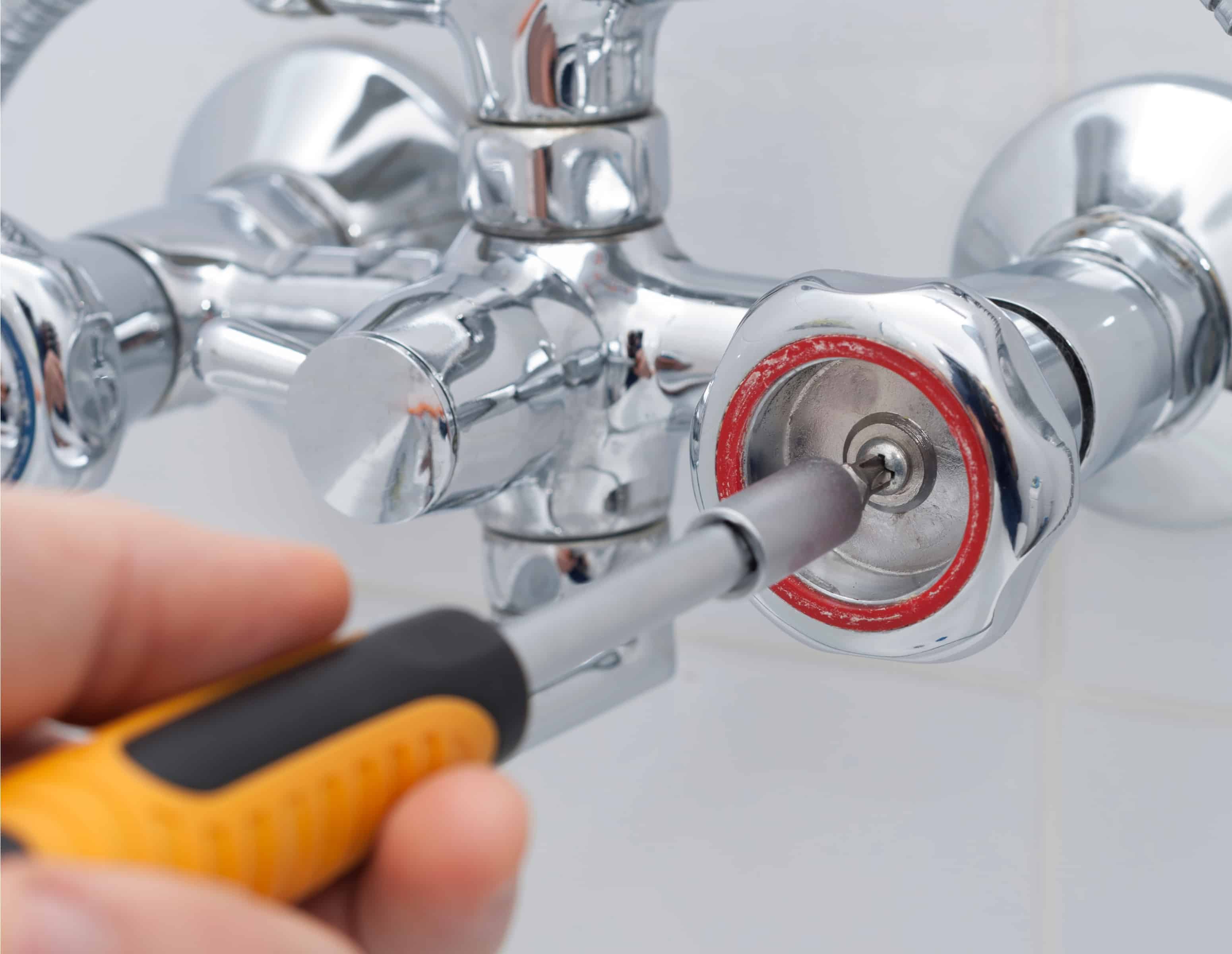



























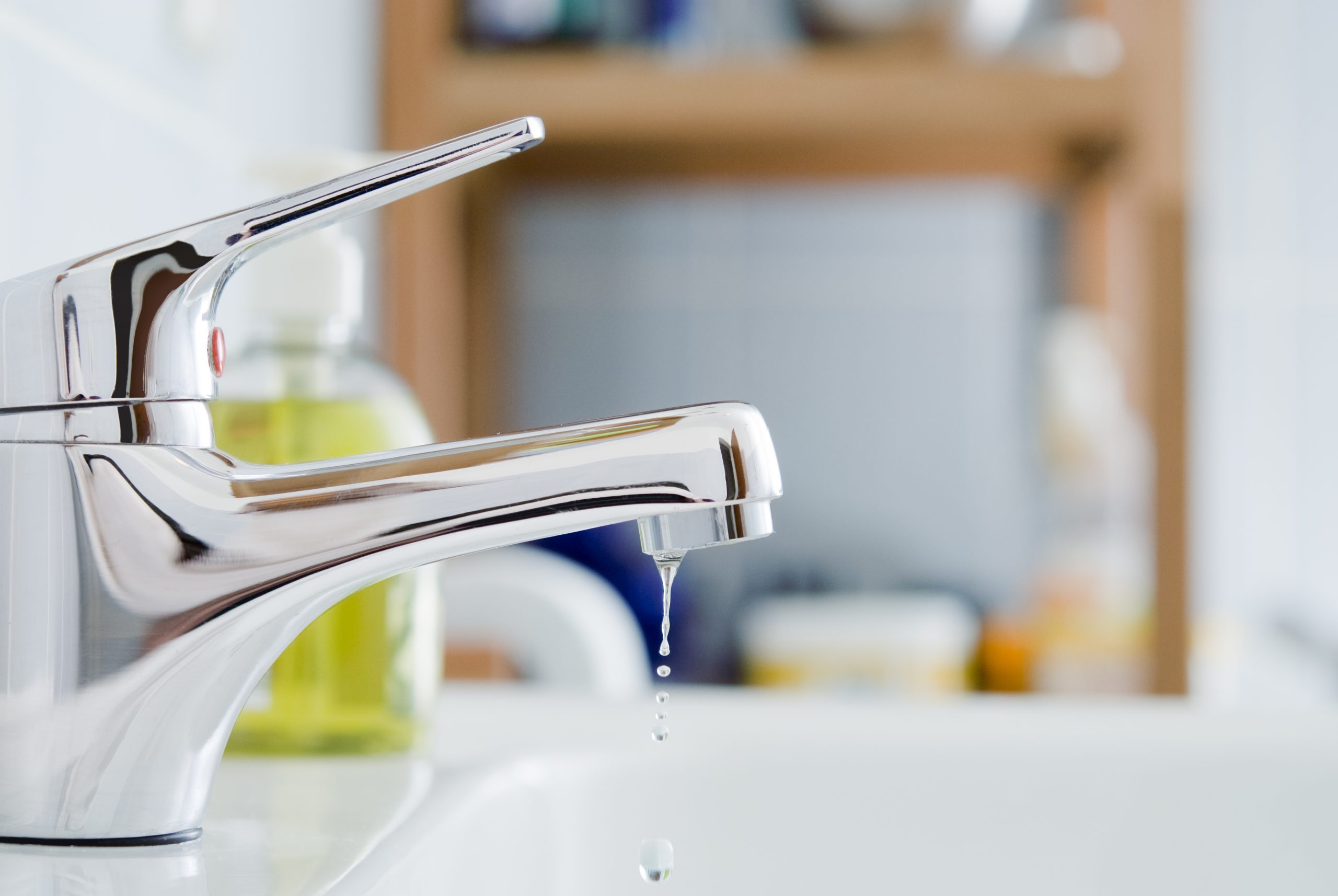








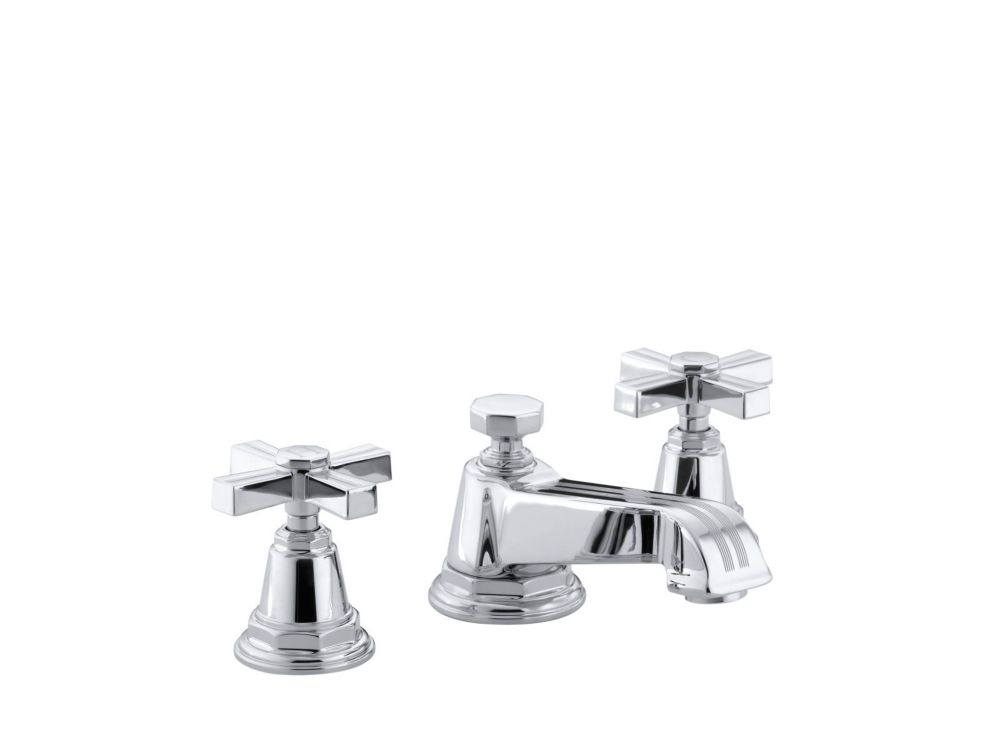
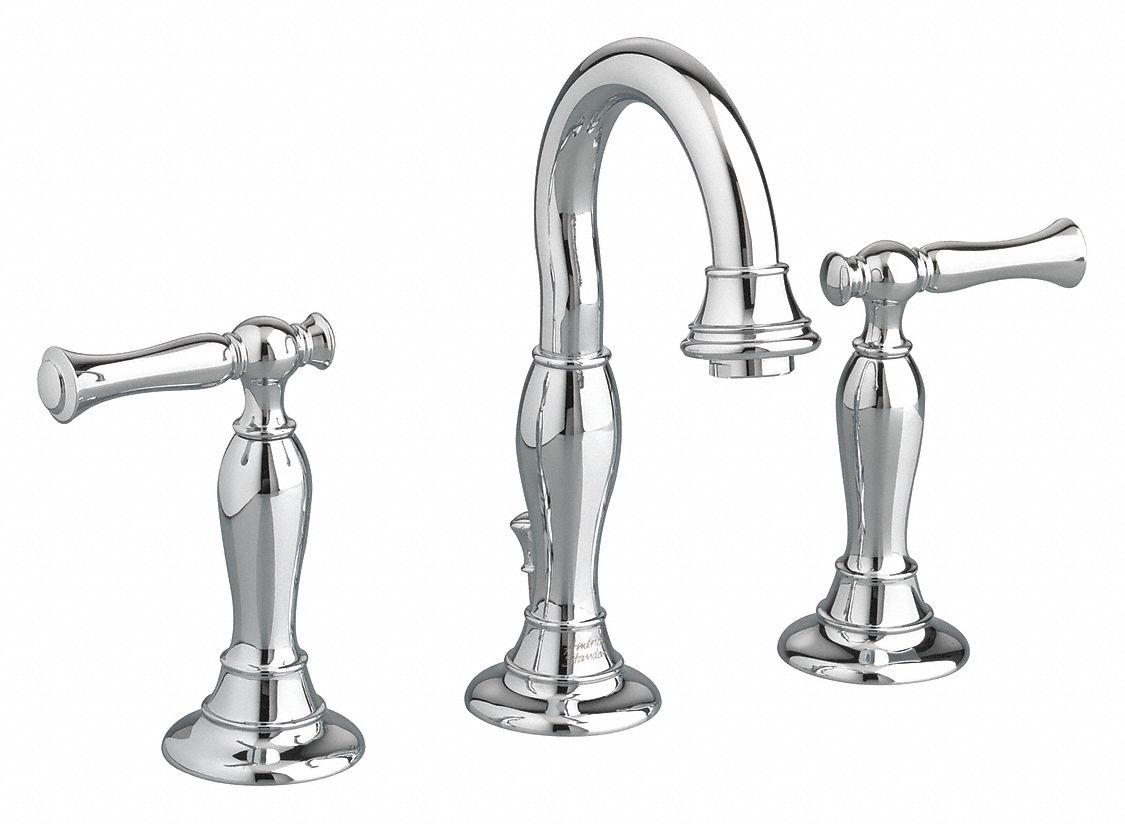
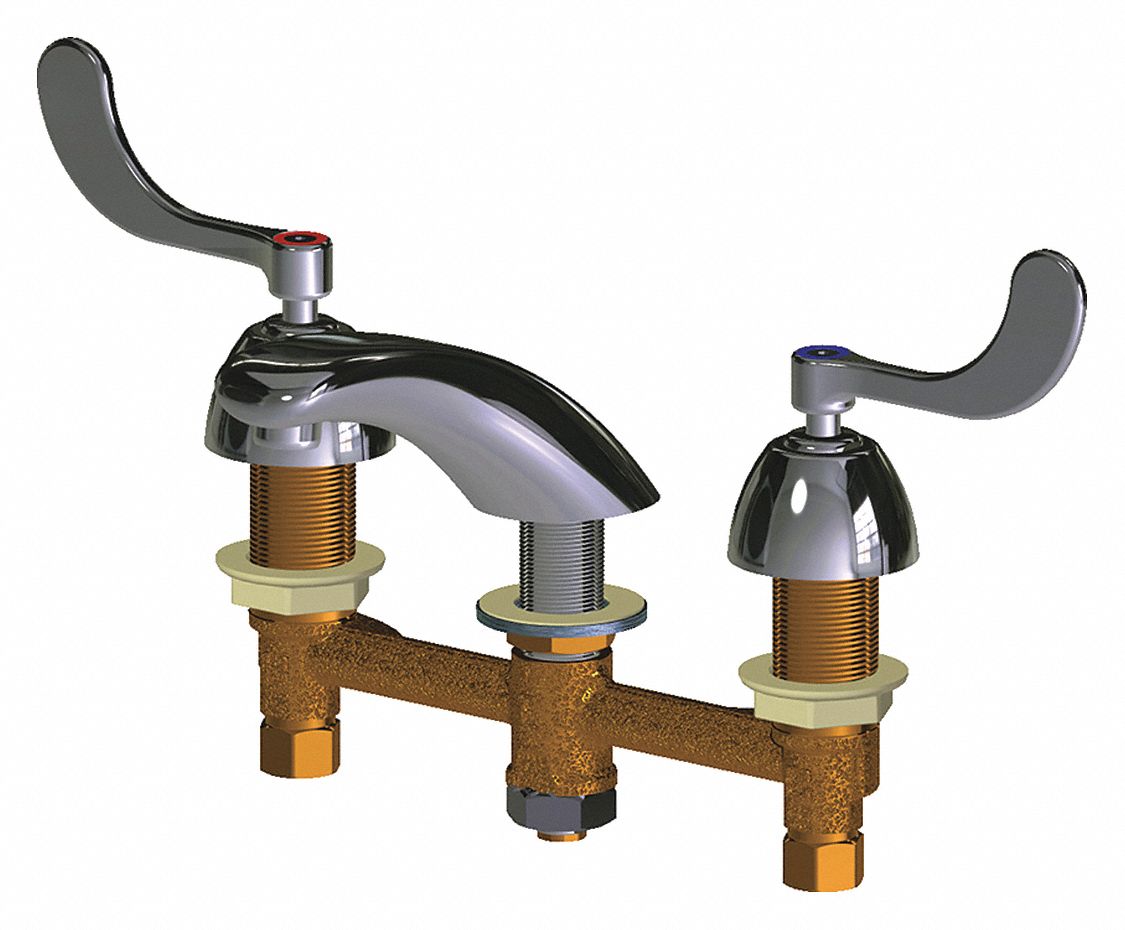





















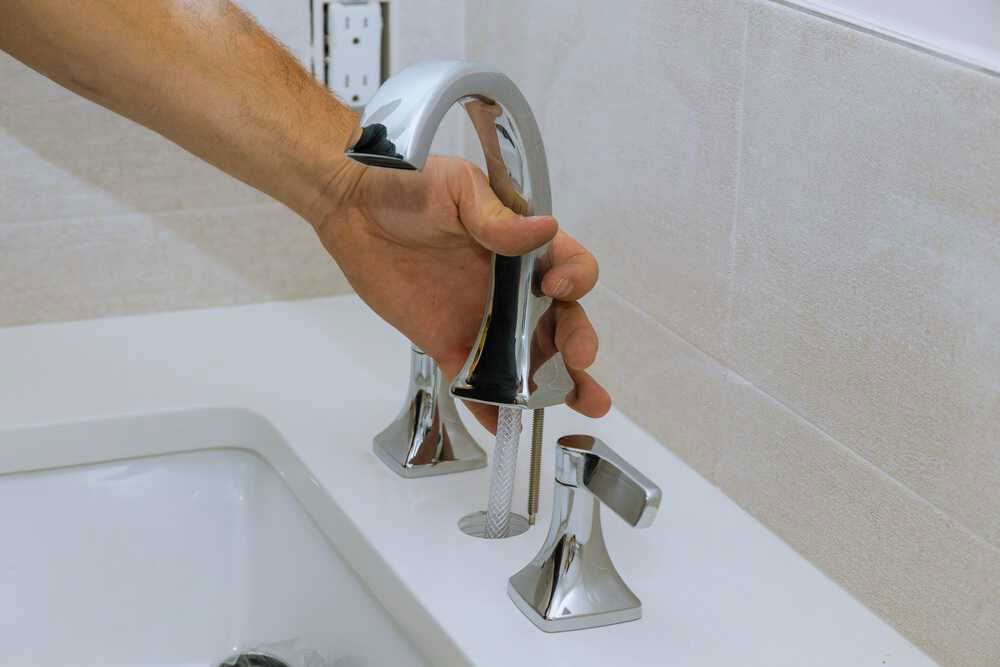




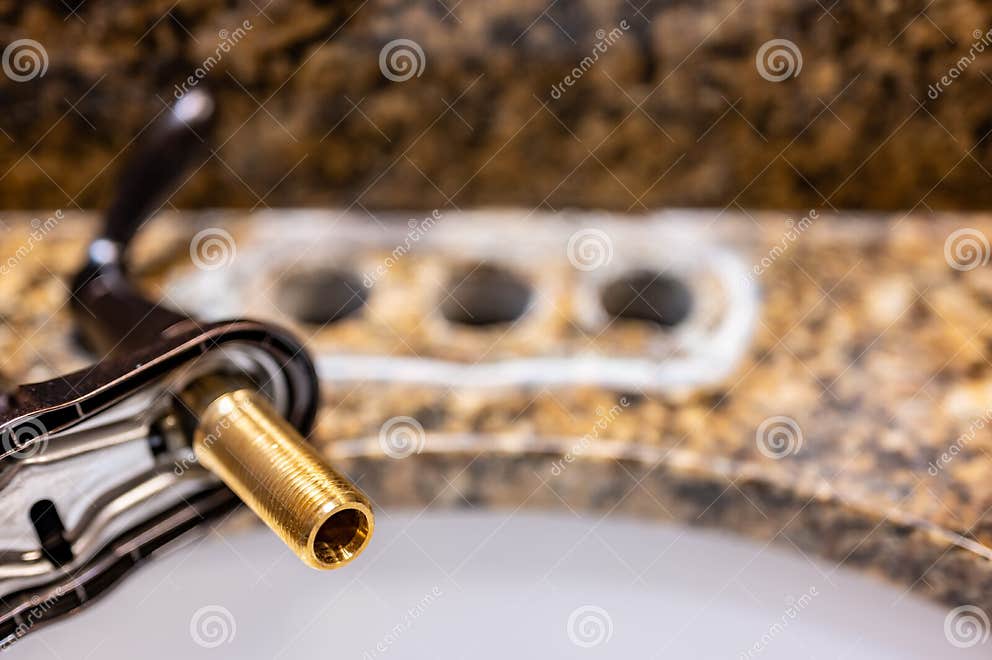








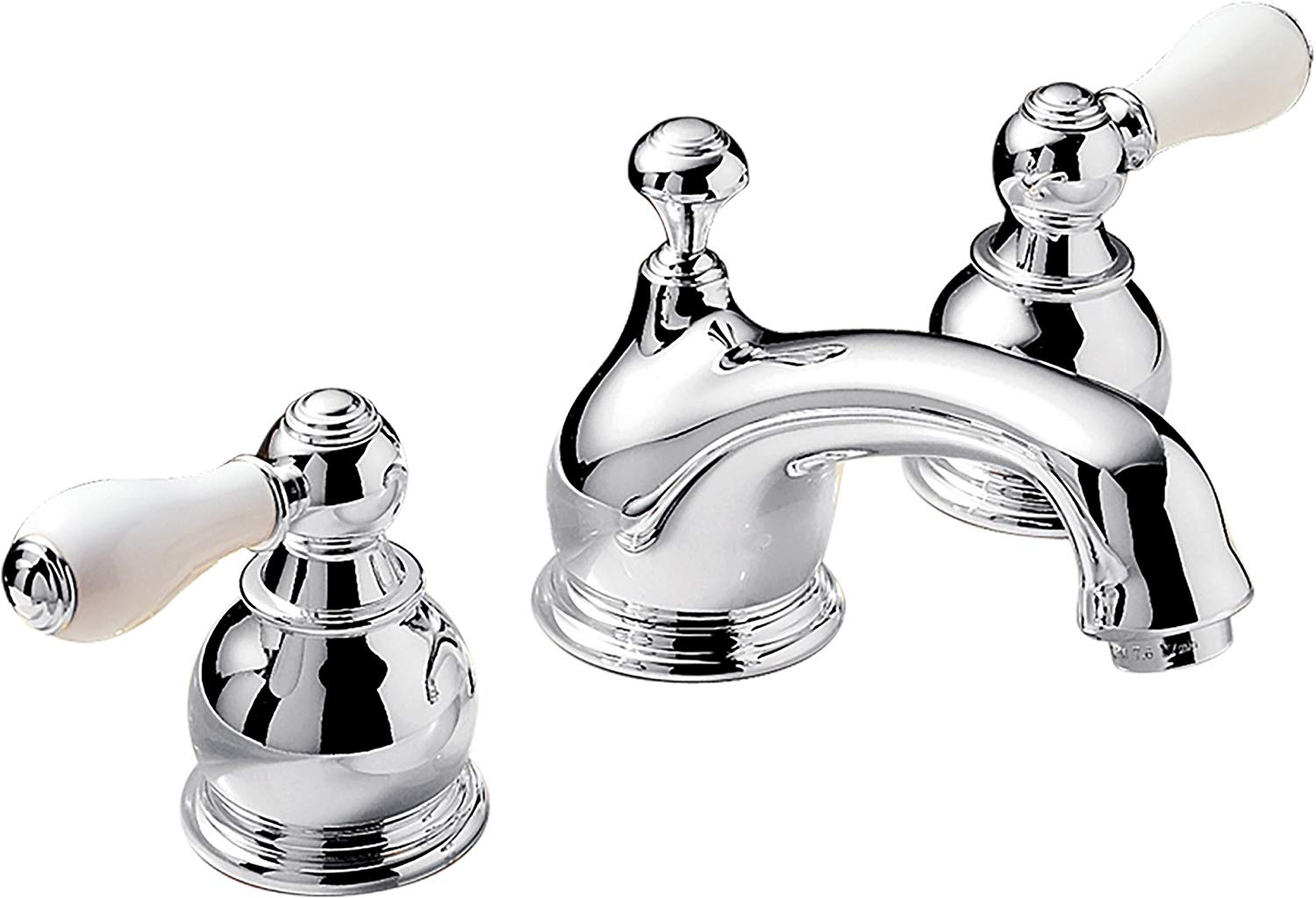


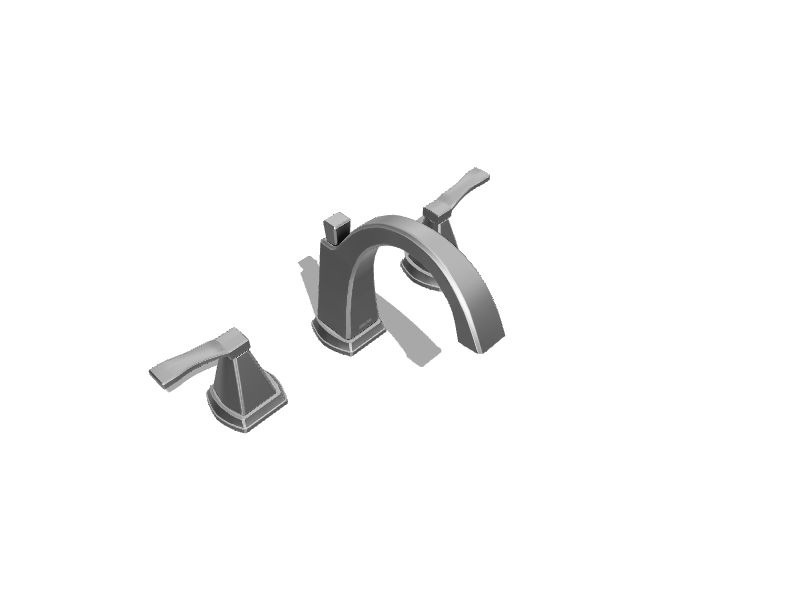





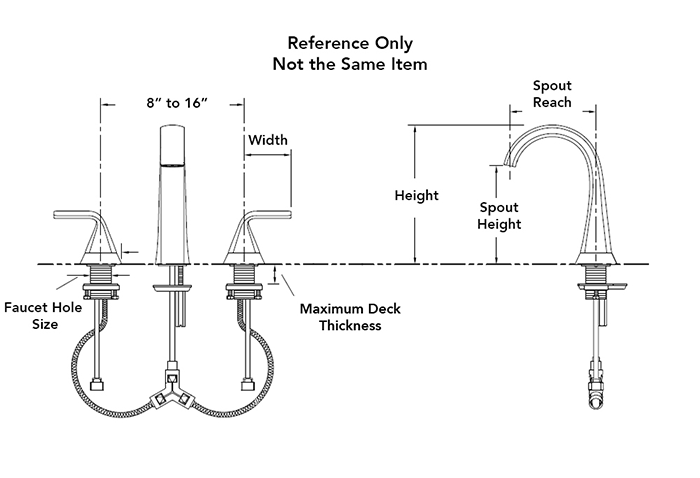
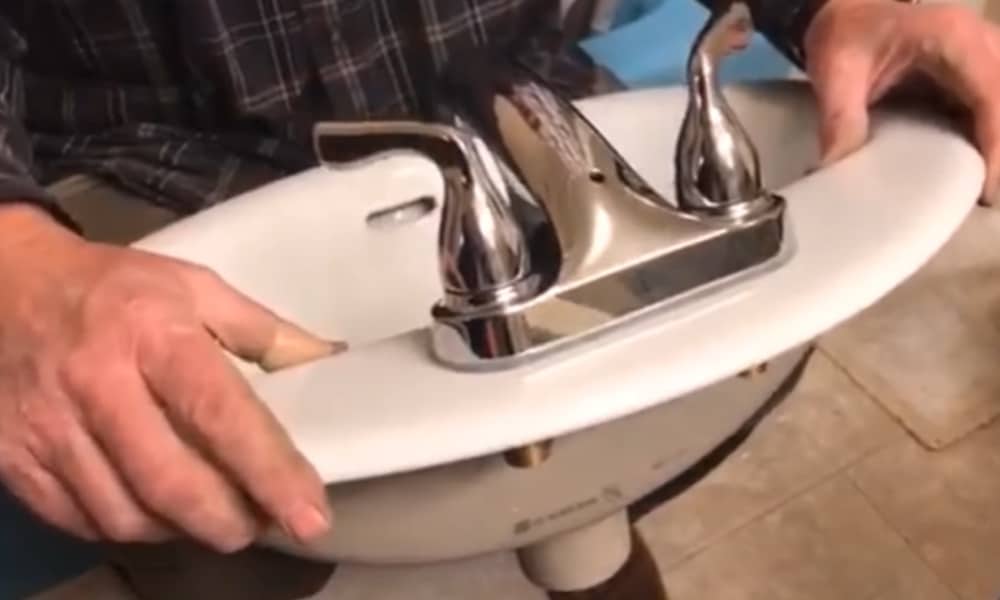




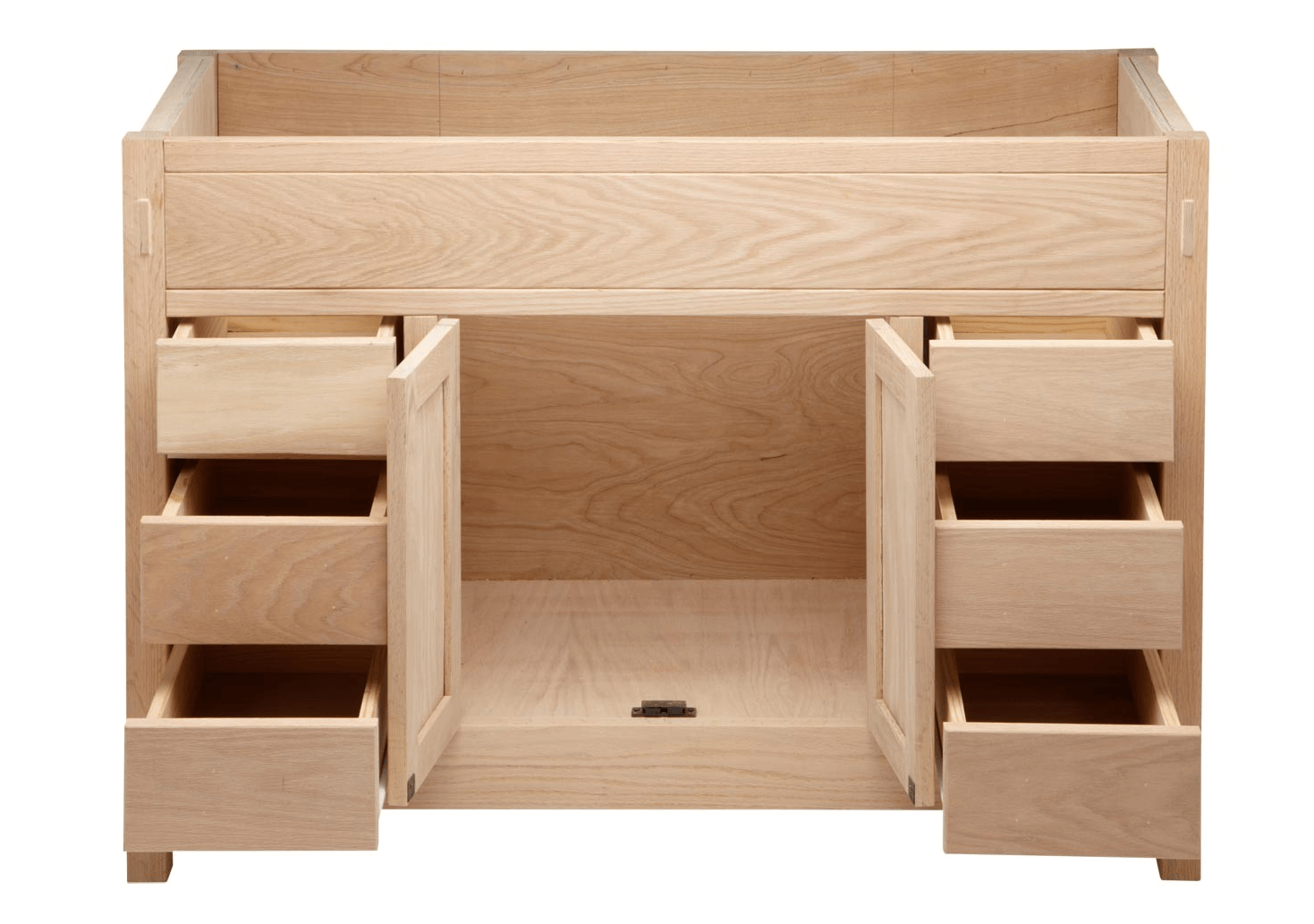
:max_bytes(150000):strip_icc()/basin-wrench-58fa35c55f9b581d59cb6d7b.jpg)


